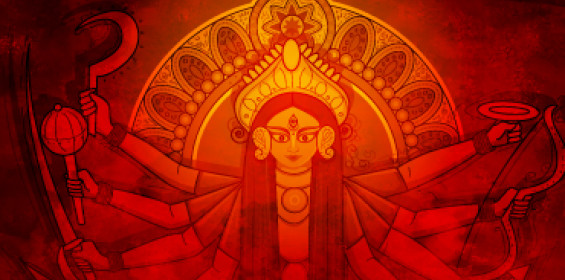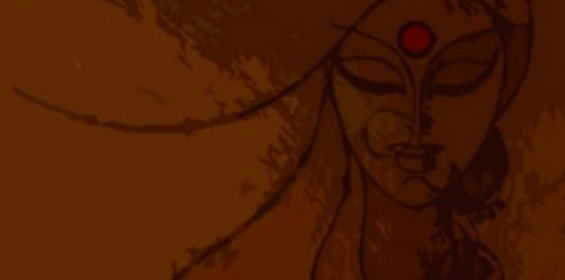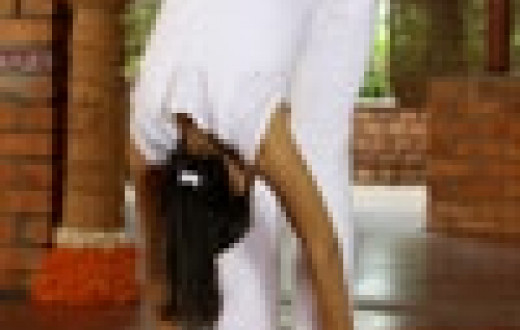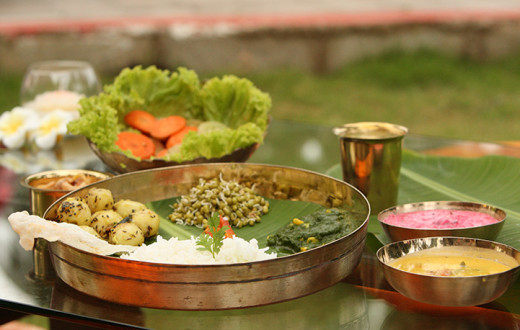With the re-telecast of Ramayana on the Doordarshan network after three decades, a lot of the younger generation got acquainted with Parashurama, the sixth avatar of Vishnu. Parashuram made an appearance in the Sita Swayamvar episode where he angrily admonishes Rama when he breaks Lord Shiva’s bow. The conversation that followed between Lord Parashurama and Lakshman inspired many memes and trended on the internet for days.
Despite him being the sixth avatar of Lord Vishnu, not much is known about Lord Parashurama, except that he killed all Kshatriya kings and also cut off the head of his mother. On this Parashurama Jayanti, let’s learn more about the god who was born as Ramabhadra.
Parashurama: The Brahma Kshatriya
Lord Parashurama was born to Rishi Jamadagni and Devi Renuka. Rishi Jamadagni was a Brahmin sage and his wife Renuka was a Kshatriya. Rishi Jamadagni and Renuka performed penance for several years towards Lord Shiva so that the sixth incarnation of Lord Vishnu would be born to them. Lord Shiva granted them the boon and Vishnu incarnated as their fifth, and youngest, child and was named Rambhadra.
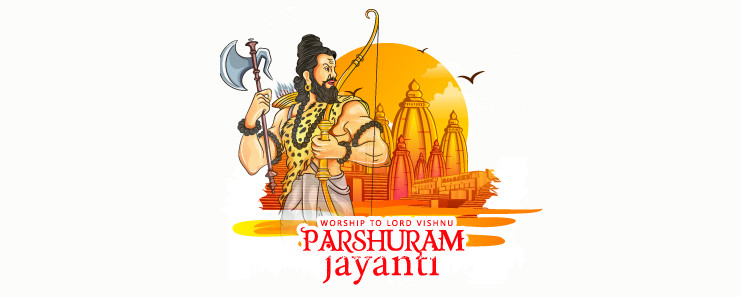
By birth, Rambhadra was a brahmin but he had the aggression and valor of the warriors (Kshatriyas) and that’s why he was renowned as a Brahma Kshatriya. He strove immensely to learn warfare and archery from wherever he could and became the fiercest warrior of his time. He even undertook a severe penance for Lord Shiva and asked for his ax as a boon. Lord Shiva tested him multiple times and when he passed all tests, he was granted the celestial weapon (also known as parshu). It was then that his name was changed from Rambhadra to Parashurama.
Lord Parashurama is still alive
According to the Hindu scriptures, seven different beings were given the boon of being immortal.
अश्वत्थामा बलि र्व्यासो हनुमांश्च बिभीषणः ।
कृपः परशुरामश्च सप्तैते चिरजीविनः ॥
Ashwatthama Bali Vyaso Hanumanashcha Vibhishana,
Kripa Parashuramashcha Saptaito Chiranjivinam
Rishi Vyasa, Lord Hanuman, Vibhishana, Mahabali, Ashwatthama, Kripacharya, and Lord Parashurama are the seven beings that were given the boon of being immortal. It is said that Lord Parashurama still resides in the Mahendragiri mountains which are located in present-day Odisha.
There are other lands associated with Parashurama as well. Legends say that once Lord Parashurama threw his battle ax into the sea. The power of the ax was such that the whole western coast started to rise because of that. That region is the present-day Malabar Konkan coast. The area of Goa (Gomantak) leading up to Kanyakumari (Kerala) was reclaimed from the sea with the help of Parashurama. This is why this Malabar-Konkan region, and the western coast of Kerala, is called as Parashurama Bhumi or Kshetra.
There is a temple dedicated to Lord Parashurama in South Goa as well. The legend also says that Parashurama brought 64 brahmin families from north and settled them in Kerala to make up for the killing of Kshatriya kings.

Why Lord Parashurama beheaded his mother and Parashurama Kund
One of the most popular stories about Lord Parashurama was that he beheaded his mother. But there’s a symbolism of righteousness and following the direction of your master that one can learn from it. Devi Renuka was considered a powerful being because of her devotion to her husband. It is said that she had the power to bake a pot from the river sand, in which she would collect water every day for her husband’s daily rituals.
Our ancient sages mastered the secrets of the breath and the mind. In many ways, this is our heritage. Unlock these secrets in these modern times, and keep the legacy alive at The Art of Living Meditation and Breath Program.
Learn what our ancients knew about the mind. Discover these secrets. I'd like to know more>>
One day, while going towards the river, she saw the reflection of a beautiful celestial being (Gandharva) and lost her balance in the water. Because of that, she lost the power of making the pot and couldn’t collect the water. Sage Jamadagni got to know of this via his intuition and ordered his sons to behead their mother. When the other two sons refused, he turned them into stone. When Jamadagni turned to Lord Parashurama, he beheaded his mother with his ax.
Sage Jamadagni was pleased with Parashurama’s righteousness and asked him for two boons. Lord Parashurama asked his father to restore the lives of his mother and brothers and Sage Jamadagni granted him that.
The legend says that the act of beheading his own mother was so heinous that the ax got stuck to Parashurama’s hand. Even after Renuka came back to life, the ax remained stuck in his hand. The sages in that time advised him that he needed to cleanse off the heinous deed by washing his hands in the Lohit River.
Parashurama walked to the Lohit River, located in present-day Arunachal Pradesh, and washed his hands at the river bank. As soon as he touched the water, the ax got detached from his hands. Because of this, the site became a place of worship and since came to be known as the Parashurama Kund.
As you can see, the geographical spread of Parashurama’s legends spread from North-East India over to the western coast.
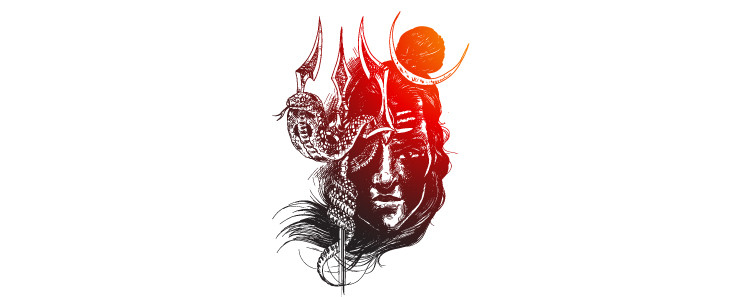
The story of Khanda Parshu
Once, to test the skills and prowess of his disciple Parashurama, Lord Shiva engaged him in a battle. The fight between the master and disciple continued for 21 days. At one point, the trident of Lord Shiva flew towards Parashurama. To save himself from the trident, he attacked Lord Shiva with his ax which hit the lord on his head. Lord Shiva was impressed with the warfare skill of his disciple and embraced him happily. Lord Shiva also preserved the scar that the ax left on his forehead as a mark of his disciple’s skills. And since that day, he came to be renowned as Khanda Parshu.
Parashurama Jayanti is celebrated every year on the Tritiya of the Shukla Paksha (the third day after the new moon of April). Devotees of Lord Vishnu fast on this day to seek the lord’s blessings. Just like Lord Parashurama lived a life of righteous valor, the devotees are rewarded with the strength for the same.
There are many things we can learn from the life of Lord Parashurama. Similarly, there are many gems of wisdom that are scattered throughout our ancient scriptures. There are aphorisms of Sage Narada, the enlightening knowledge of Sage Ashtavakra, and the ultimate knowledge of Bhagavad Gita. You can listen to Gurudev Sri Sri Ravi Shankar’s commentary of it on the Art of Living App.
The material has been sourced from @bharathgyan. This research team, led by a passionate husband-wife duo - Dr. DK Hari and Dr. Hema Hari, unearth some of India’s untold stories and make them contemporary. You can click here to buy any of their books on Indian civilization.
Written by: Suraj Duseja
We’d love to hear from you
Leave your comments @artofliving

